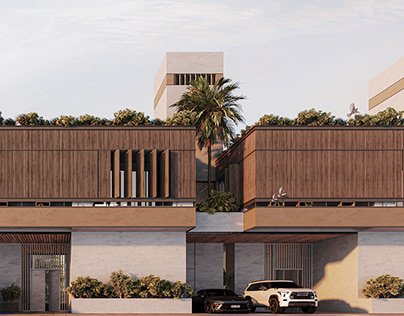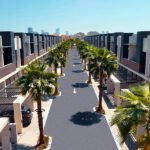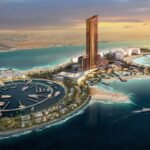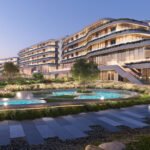Now Reading: Climate change reshapes UAE building codes and standards
-
01
Climate change reshapes UAE building codes and standards
Climate change reshapes UAE building codes and standards
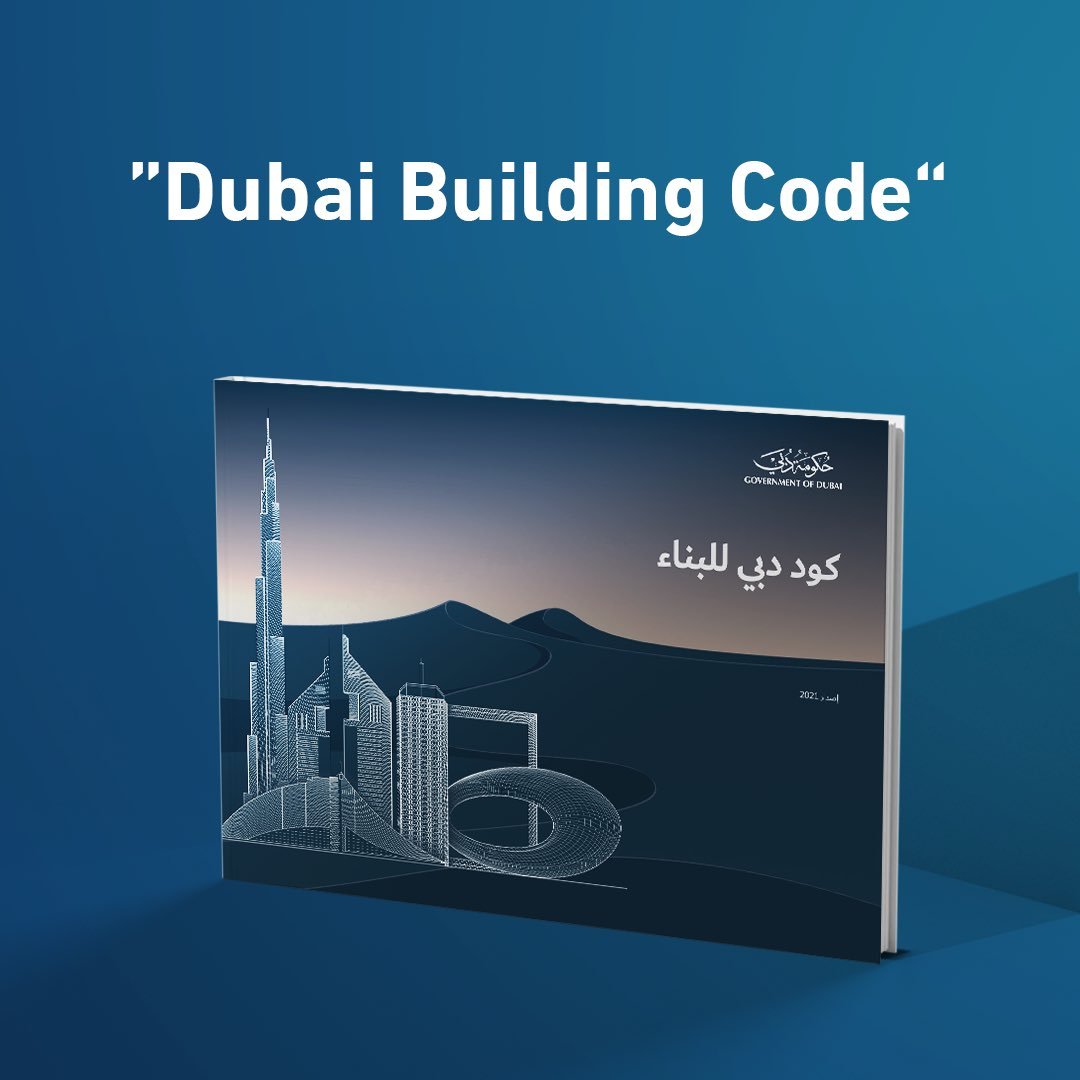
Climate change UAE building codes are increasingly influencing construction practices across Dubai, Abu Dhabi, and the wider region. As global temperatures rise and extreme weather events become more frequent, building regulations are evolving to prioritize sustainability, energy efficiency, and resilience.
The UAE, with its hot desert climate and rapid urban development, faces unique challenges. Rising temperatures, water scarcity, and urban heat island effects are prompting authorities to update building codes, ensuring new developments are environmentally responsible and capable of withstanding climate-related pressures.
Why climate change is influencing building codes
Global climate change affects urban environments in multiple ways:
- Rising temperatures: Increased demand for cooling places pressure on electricity grids and building systems.
- Water scarcity: Efficient water usage and conservation become critical in arid regions.
- Extreme weather events: Strong winds, occasional flooding, and dust storms require resilient construction.
- Energy consumption: Buildings are among the largest energy users; inefficient designs contribute to emissions.
- Sustainable urban development: Cities aim to reduce carbon footprints while accommodating population growth.
These factors necessitate updated building codes to ensure sustainable and resilient urban development.
Key changes in UAE building codes
The UAE government has introduced several measures in response to climate-related challenges:
- Energy efficiency standards: Mandatory requirements for insulation, lighting, and cooling systems reduce energy use.
- Sustainable materials: Encouraging use of low-emission, recycled, and durable construction materials.
- Green building certification: Schemes like Estidama in Abu Dhabi and Dubai Green Building Regulations promote sustainability.
- Water conservation: Codes require low-flow fixtures, greywater recycling, and efficient irrigation systems.
- Thermal comfort and shading: Guidelines emphasize building orientation, shading devices, and reflective materials to reduce heat gain.
- Resilience against extreme events: Structural requirements account for wind loads, sandstorms, and occasional flooding.
These changes ensure that new developments are both environmentally responsible and future-proofed against climate impacts.
Role of Estidama and Dubai Green Building Regulations
Two of the UAE’s primary frameworks for sustainable construction include:
- Estidama (Abu Dhabi): Introduced by the Abu Dhabi Urban Planning Council, Estidama Pearl Rating System evaluates energy, water, and environmental performance of buildings.
- Dubai Green Building Regulations: Mandates energy-efficient systems, water-saving measures, and sustainable construction materials across residential and commercial projects.
Both frameworks incorporate climate change considerations, ensuring that UAE construction aligns with global sustainability goals.
Benefits of climate-conscious building codes
Adapting building codes to climate change offers multiple advantages:
- Reduced energy consumption: Efficient cooling, lighting, and insulation reduce electricity costs and emissions.
- Lower water usage: Conservation measures preserve scarce water resources.
- Enhanced resilience: Buildings withstand extreme heat, dust storms, and occasional flooding.
- Improved occupant comfort: Thermal comfort and air quality enhance livability.
- Long-term sustainability: Environmentally responsible buildings contribute to UAE’s net-zero carbon ambitions.
For developers, compliance with these codes also enhances market value and attractiveness to environmentally conscious buyers.
Challenges in implementation
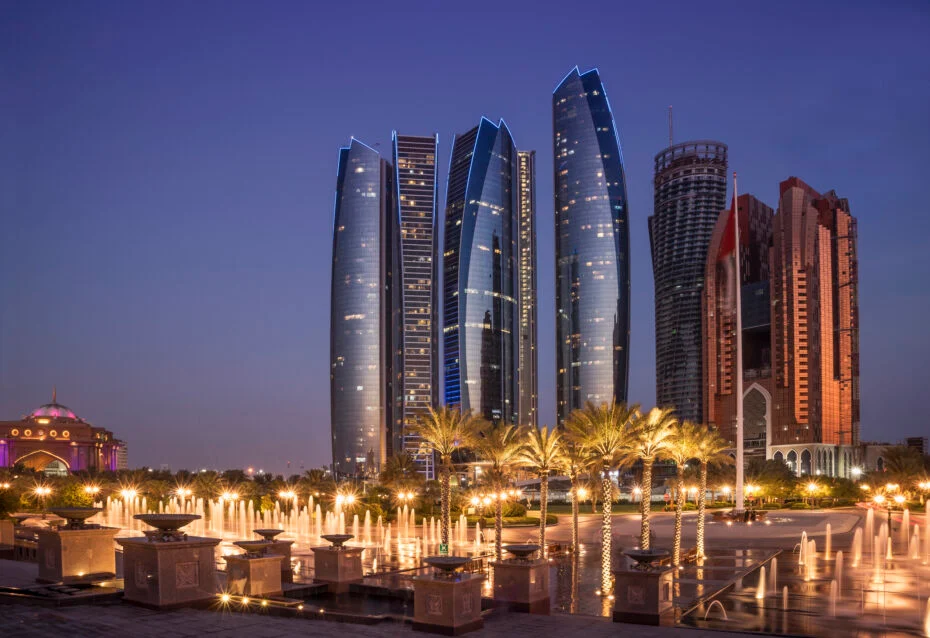
Despite the benefits, adopting climate-sensitive building codes presents challenges:
- Higher initial costs: Sustainable materials and advanced systems may increase upfront construction costs.
- Skill gaps: Contractors and designers must be trained to implement new standards effectively.
- Retrofit limitations: Older buildings may require significant modifications to comply with updated codes.
- Monitoring and enforcement: Ensuring compliance across diverse projects requires strong regulatory oversight.
Overcoming these challenges is essential for achieving long-term sustainability in UAE construction.
Future trends in climate-resilient construction
The impact of climate change on UAE building codes is expected to grow, driving several trends:
- Net-zero energy buildings: New projects aim to minimize energy use through renewable sources like solar power.
- Smart building technologies: IoT-enabled systems optimize energy, water, and climate control.
- Green rooftops and vertical gardens: Reduce heat islands and improve air quality.
- Resilient urban planning: Cities are integrating climate adaptation strategies into zoning and infrastructure planning.
- Global alignment: UAE building codes increasingly align with international standards such as LEED and BREEAM.
These trends indicate a long-term commitment to climate-conscious construction in the region.
Conclusion: Building for a sustainable future
Climate change UAE building codes are transforming the way properties are designed and constructed. By focusing on energy efficiency, water conservation, sustainability, and resilience, these regulations ensure that Dubai, Abu Dhabi, and other emirates develop in an environmentally responsible and future-ready manner.
For developers, investors, and policymakers, compliance with these codes is no longer optional it is essential for long-term viability. As climate risks intensify, the UAE’s proactive approach to building regulations positions its real estate sector at the forefront of sustainable urban development globally.
Follow us on: Instagram
Read More :Short-term rental management surges in Dubai market




